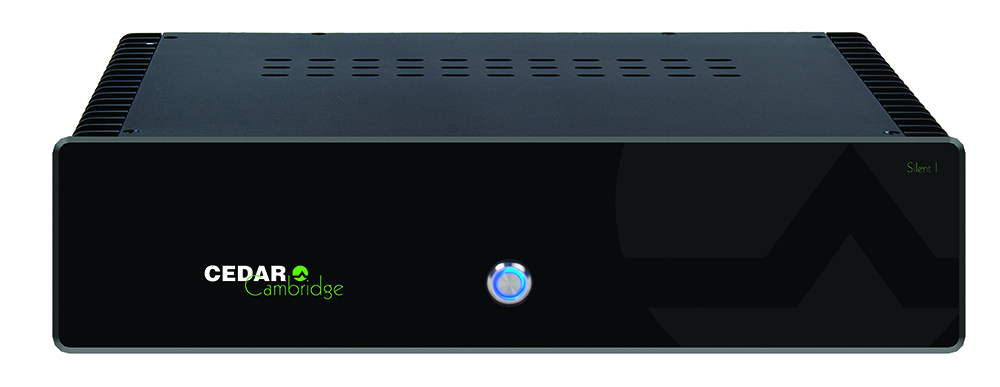What's new in CEDAR Cambridge Version 13

CEDAR Cambridge v13™ is the latest and most powerful incarnation of our renowned audio restoration, noise reduction and speech enhancement system, used worldwide for audio forensics, in libraries and archives, as well as for premastering and in other areas where the highest processing quality is required.
This is a major update that introduces:
- INR, the most powerful impulse noise eliminator we've ever developed
- Retouch 8: the next era in spectral editing
- PDF reporting
New module: INR™
INR (Impulsive Noise Reduction) was developed as a more powerful alternative to Declickle. It digs deeper into the signal to remove noise bursts that conventional declickers cannot and, while its primary use is in the forensic arena, it can also be used for badly degraded commercial audio. It eliminates short bursts of noise (which are not impulses in the usual sense but cannot be addressed using any form of broadband noise reduction) as well as defined clicks. If you are working with material that contains genuine high energy transient events such as percussion and plucked sounds, INR's transient modelling protects these during processing, retaining their energy even when heavy processing is applied. Similarly, its harmonic modelling allows INR to remove bursts and clicks accurately in the presence of harmonic signals such as music and strong tones.
Major upgrade: Retouch 8™
Retouch 8 adds two powerful machine learning and AI facilties to Retouch.
Matching: Match allows users to mark an unwanted sound and invoke the machine learning algorithm in Retouch 8 to find all of the other instances of that sound within the recording. A threshold control allows the user to bias the algorithm's decision making toward including more or fewer possibilities to find the level that includes everything to be removed but preclude events that seem similar but are actually wanted signal. Having identified all of the matches, users can eliminate them individually or as a group, whereupon Retouch 8 will fly through the file in a tiny fraction of the time needed for human intervention.
Repair: If you use spectral editing regularly, you know that it isn't always possible to remove an unwanted sound successfully because it creates an artefact or leaves a hole in the audio. Repair uses AI to overcome this. Users mark the unwanted sound and some of the surrounding signal in the usual fashion and then use a single knob to suppress or even completely eliminate that sound. Only the significant signal within the region is processed; low level signals and ambience are unaffected. Repair can also be used as a mixing tool to accentuate a quiet word or an understated event without affecting the surrounding audio.
PDF reporting
One of the most frequently requested upgrades for CEDAR Cambridge, PDF reporting allows users to output reports as standard PDF files as well as HTML files and XML files that can be used to generate bespoke databases and reports. This is particularly useful for users combining multi-region processing with the reporting system for speech transcription.
Specifications subject to change without prior notification. E&OE.